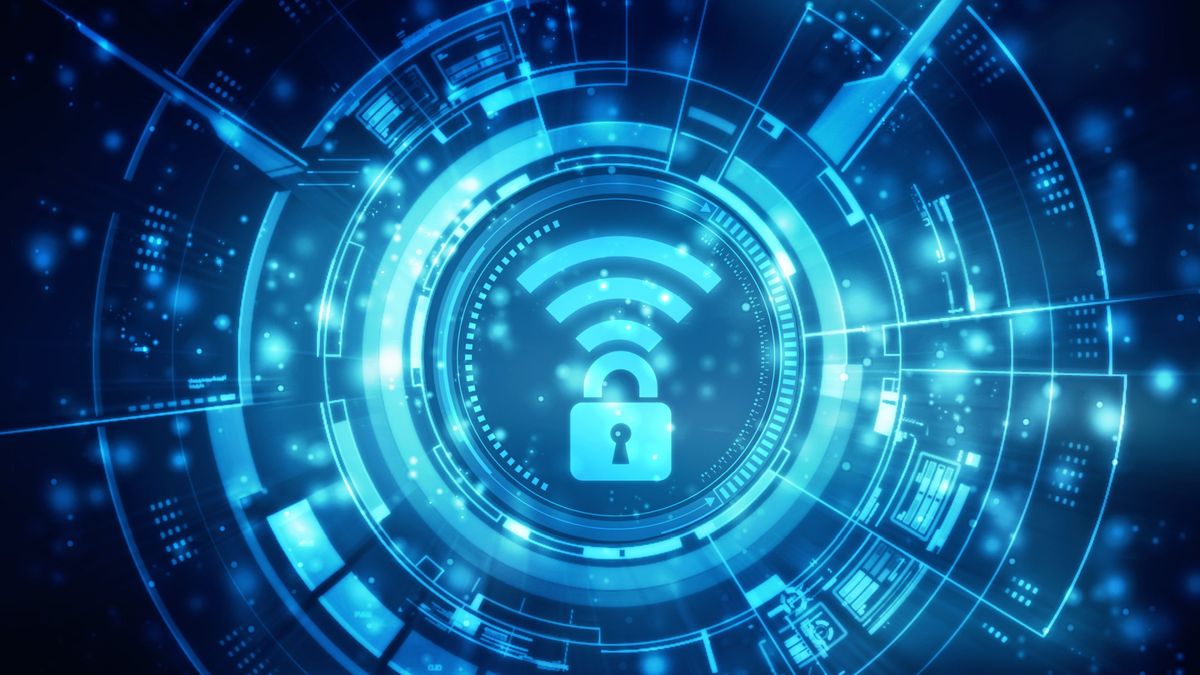Living in this digital age, where most have become used to electronic payments as a convenient way of transacting and paying, the threat of online fraud casts a long and ominous shadow. With the increasing number of transactions moving online, it brings in not only ease and velocity of transactions but also vulnerability. The fraudsters continue to exploit with more sophistication and audacity weaknesses, particularly proving to find fertile ground in the social media space and other digital platforms. One in four people who reported losing money to a fraudster said their problems had begun on social media. The cumulative losses on such platforms total more than $2.7 billion. (Marek, 2023)
Digital experience designer, PayPal.
Evolving security
At the heart of digital finance, companies like PayPal are compelled to continually evolve their security measures. As a leader in digital payments, PayPal faces these challenges head-on— never as an obligation of business but rather as a key responsibility toward its global base of over 400 million users. Positioned as an undoubted cornerstone in the digital payment industry, PayPal paves the way for not only unfettering free global commerce but also holds a very big share of guaranteeing the safety and integrity per financial transaction. Meanwhile, during any given calendar year, PayPal is spending tens of millions of dollars—all in an effort to increase platform safety from which criminals fraudulently adapt to the dynamic online fraud landscape and at the same time embrace new technologies, tapping on novel psychological tactics to propagate their schemes.
According to PayPal statistics, an astonishing $8.7 billion in reported scams in 2022, accounting for a 47% increase from 2019. (Avoiding Common Type of Scams, n.d.) This marks a very significant increase and points at an ever-growing sophistication of the fraudulent schemes and the broadening scope of impact. Indeed, the perpetrators of fraud are perfecting many ways in which they use to catch their victims, among them being fake invoices presented in a deceptively legitimate way to dupe unsuspecting users into making payments to entities that are out to defraud them. Similar to scamming services, the scam charities have become more frequent; they mostly happen in the way of a current crisis or disaster to which people can donate money through some actually reliable charity. Scam charities work mostly via what are apparently credible platforms such as PayPal.
Moreover, the fraud became more sophisticated as integrated online environments were designed. Scammers bounce from emails to social media to mobile messages in a seamless transition across platforms, reaching everywhere from the inattentive to even the most skeptical of users. This will require PayPal to further smoothen cross-platform transitions not just within its systems, but to engage in extensive work and coordination with other tech platforms and, yes, even financial institutions in respect to security vulnerabilities.
Biometric technology
In response to the growing menace of internet fraud, PayPal has increasingly turned to the use of biometric ID verification and exploiting this new technology to strengthen its walls. It uses unique biological features, such as fingerprint, patterns of recognition of the face, and even voice patterns in the quest to assure that the person indeed accessing an account is the owner of it. It is therefore not only far more secure but also inherently far more personal, a far reduced likelihood for unauthorized access.
Biometric technologies assure strong security, as they directly relate a user’s physical characteristics to his digital identities. This is much harder to duplicate or for someone to steal—such as old methods involving passwords or security questions. Take, for example, facial recognition technology: it is a highly sophisticated algorithm processing the features of a user’s face, such as the distance between the eyes and other features, such as the shape of the nose and jawbone. This becomes very effective in identity theft when your face is what needs to be used. In the same way, fingerprint scanners work in a way whereby the unique ridges and patterns of a fingerprint create identifiers that someone is only going to be able to accurately duplicate if a whole lot of effort and some really noticeable techniques are used.
The biometric verification system not only enhances security but also makes it user friendly. The traditional approaches to authentication, with their repeated entering of passwords, attempts to remember some kind of passwords, or secret questions, are rather cumbersome and slow. Biometrics suggest a seamless alternative. A quick touch of a glance at a camera secures access to your account—this adds up to great convenience in login time with high efficiency customers prefer, without compromising security.
Privacy and data security
While the former brings a lot of benefits with it, the biometric technologies, on the other hand, come with a whole new set of challenges, particularly in privacy and data security. With such personal biometric data being directly connected to the people, it has to be handled very tenderly; there should be no instance of its misuse and theft. In fact, this concern is appreciated, and serious, strict data-protection measures are taken by the PayPal application. The advanced encryption company securely stores the biometric data. Third, PayPal ensures that they meet the international regulations on privacy, as the collection and use of biometric data is taken with much seriousness and done transparently, always with the user’s consent.
The impact on security management, therefore, is deep across all services that PayPal offers. For example, in such situations that involve riskier transactions through PayPal Crypto, the verification by biometrics adds an important layer of security. A key feature is that it takes care of both unauthorized access and fraud. Furthermore, this technology has been seamlessly integrated into the customer journey of the entire PayPal ecosystem, including Venmo. This integration basically goes to serve in making work easier for the user in their interaction with the platforms and also goes to a great extent in raising confidence in the security and reliability of the platforms.
The biometric verification changed the perspective of PayPal with regard to customer security. PayPal has reduced risk by offering authorized access in a large welcome to technologies integrating unique biological identifiers like fingerprints and facial patterns into the system. This critical strengthening has strengthened the platform not only against fraudulent activities but also significantly boosted user confidence. These would enable the user to more thoroughly and frequently make use of PayPal services in ways that build a cycle of trust and reliability, accruing benefits for both the company and the customer through a combination of enhanced security and improved ease of use.
Path of innovation
Looking to the future, PayPal is poised to continue its path of innovation with biometric technologies. It is this that the organization would now wish to advance in artificial intelligence (AI) and machine learning algorithms through the accuracy and efficiencies of the biometric systems. All these technologies would allow PayPal to anticipate, easily stopping fraud through the identification of patterns and suspicious behaviors long before monetary damage is caused.
As PayPal continues to expand globally, it encounters the intricate challenge of adhering to diverse regulatory environments regarding the use of biometric data. It’s crucial that international data protection laws are followed to ensure the ethical use of biometric technology. This task demands not only technological adjustments but also the creation of robust policy frameworks designed to protect the privacy and rights of users worldwide.
Integrating biometric verification into PayPal’s services goes beyond a simple technological upgrade; it represents a significant step forward in both security and operational efficiency of its platform. As PayPal advances in this area, it not only protects its users but also sets new security standards within the financial technology industry. The future of PayPal’s biometric initiatives is promising, poised to influence more than just fraud prevention. This technology is expected to fundamentally change how security is perceived and implemented in digital finance, enhancing trust and safety for users globally.
We’ve featured the best ecommerce tool.
This article was produced as part of TechRadarPro’s Expert Insights channel where we feature the best and brightest minds in the technology industry today. The views expressed here are those of the author and are not necessarily those of TechRadarPro or Future plc. If you are interested in contributing find out more here: https://www.techradar.com/news/submit-your-story-to-techradar-pro





